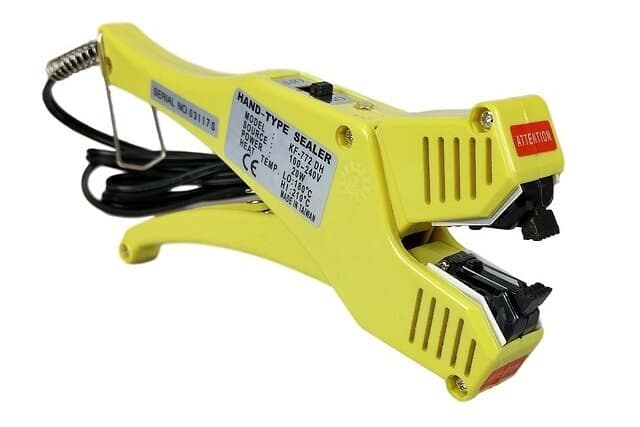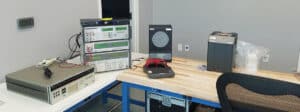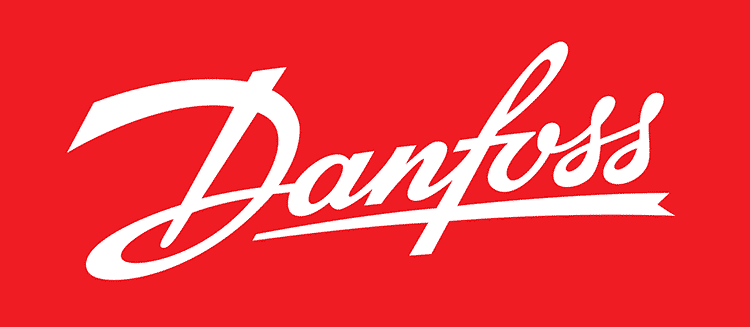Metrology Glossary: Heat Sealer
What Is A Heat Sealer?
Heat sealing is a technique used to establish electrical conductive adhesive connections between flexible and rigid circuit boards, glass panel displays, and flexible foils. This procedure involves using a heat-sealing device, which applies heat and pressure to the adhesive previously printed on a connector or flexible foil. As the heat sealer heats up, it causes the adhesive to liquefy and spread, resulting in a robust bond between the two surfaces. Additionally, the pressure exerted by the heat sealer ensures that the bond is void-free. Heat sealing is an adaptable method suitable for bonding various materials, such as metals, plastics, and textiles. The technique’s efficiency make it particularly well-suited for high-volume manufacturing applications.
What Are Heat Sealers Used For?
Heat sealing stands out as a versatile technique with diverse applications, including:
- Electronic Device Assembly: Heat sealing is often used to link flexible circuit boards (FPCs) to rigid printed circuit boards (PCBs) in electronic device assembly. This facilitates the transfer of electrical signals between these components, contributing to the development of compact and lightweight electronic devices.
- Display Panel Attachment: Widely used in attaching display panels, such as LCDs and OLEDs, to various substrates such as glass, metal, and plastics. Heat sealing ensures a robust and enduring bond, safeguarding against detachment or damage to the display.
- Flexible Foil Bonding: Applied in bonding flexible foils used in packaging and medical devices to other materials. The heat sealing process creates a hermetic seal, preventing leakage and contamination and upholding the product’s integrity.
- High-Volume Manufacturing: Heat sealing is particularly well-suited for high-volume manufacturing due to its efficiency, reliability, and automation capabilities. Its implementation significantly reduces production time and costs, making it a cost-effective solution for mass-producing a diverse range of products.
- Material Compatibility: Heat sealing is used to bond various materials, including metals, plastics, textiles, and ceramics. This technique is used in multiple industries, from electronics to packaging to medical devices.
- Void-Free Bonding: The applied pressure during heat sealing ensures a void-free bond between surfaces, preventing air entrapment and potential issues related to electrical conductivity or product integrity.
- Strength and Durability: Heat sealing consistently produces robust and durable bonds capable of withstanding environmental challenges such as temperature fluctuations, humidity, and mechanical stress. This reliability makes it a preferred method for securing components and ensuring product longevity.








